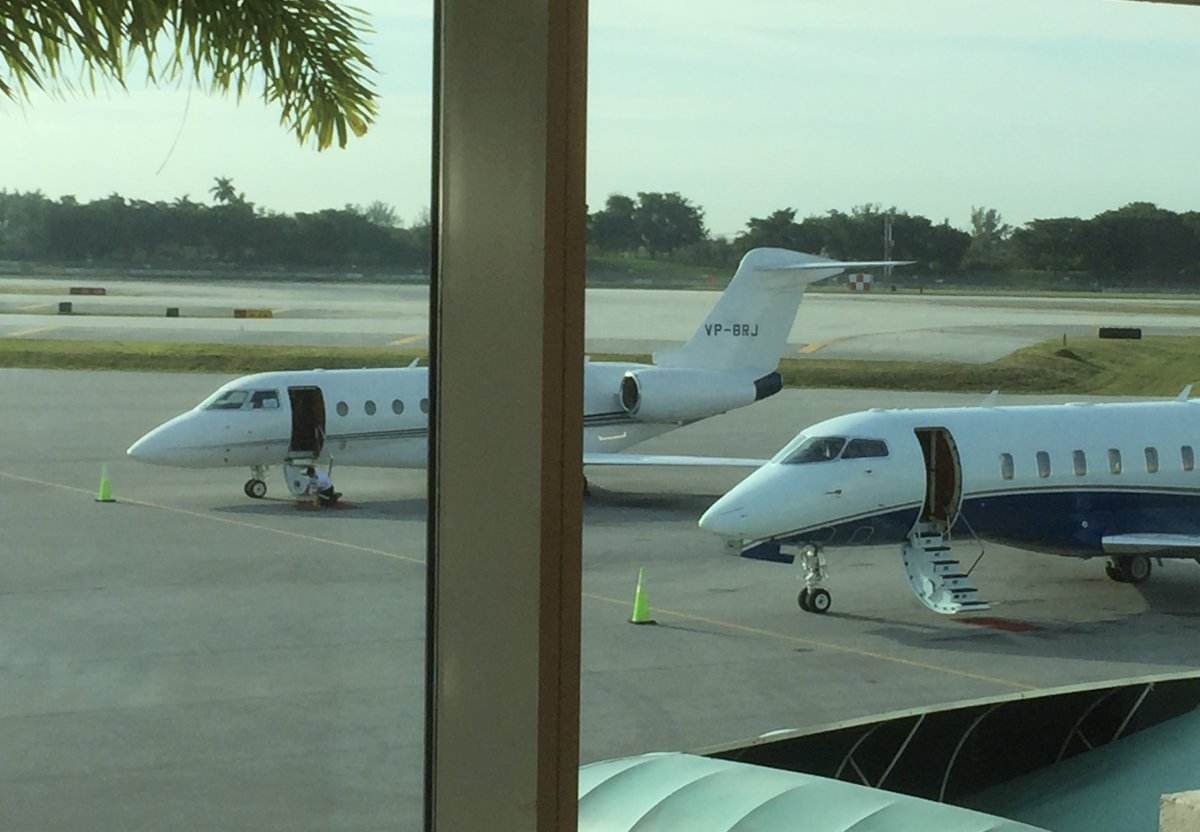
As demand for private jet travel continues unabated, the industry has been struggling to keep up. The result is jet card providers have been reworking their programs to adapt to these new realities. You can read our company-by-company overview of changes here.
When we looked at pricing changes at the beginning of August, we found rates for North American programs with fixed or capped hourly rates and guaranteed availability had ticked up a mere 0.1% from May.
What a difference a month makes.
While several providers have stopped selling cards temporarily, there are still over 50 companies selling jet cards in North America that offer fixed or capped rates and guaranteed availability.
The most marked change has been a longer window for booking flights. The average lead time – or call-out – for non-peak bookings went from 28.7 hours on Aug. 12 to 43.96 hours in our Sept. 17 update. That’s a 53.2% increase.
| Sept. 17, 2021 | % Change | Aug. 12, 2021 | |
| Call-out – Average | 43.96 hours | + 53.2% | 28.70 hours |
However, the increase in call-outs reflects the challenges of providing aircraft at profitable margins on short notice. Pushing back the minimum lead time before departure you can book at your contracted rate provides suppliers the opportunity to buy better for brokers – or schedule more efficiently for operators.
Related: - A-to-Z recent jet card and jet membership changes cheat sheet - Fixed-rate jet card pricing vs. on-demand charter flight cost analysis - Record demand means a new normal, new rules for private jet flyers - Operators big and small plan fleet expansion to meet demand
While the requirement to book 24, 48, or 72 hours in advance instead of 10 or 24 hours won’t impact a majority of private flyers, it could be a boost for fractional share providers. One benefit of the big fractional programs is call-outs under 10 hours – the ability to book on short notice.
In terms of hourly rates, after not seeing much of a change between June and August, the past month finally saw real price increases.
Overall hourly rates increased 2.0% to $9,185 since early August and are now 3.8% up from December 2019.
In terms of the biggest movers since early August (table below), hourly rates for turboprops increased 3.7%, followed by very light jets (up 3.4%), light jets and ultra-long-haul jets (2.4%), midsize and super-midsize (both up 2.3%), and large-cabin jets (1.0%).
| Aircraft Type | Sept.17.2021 Hourly Rate | % Changes vs. Aug 2021 | Aug.12.2021 Hourly Rate | % Change vs. Dec 2019 | Dec.31.2019 Hourly Rate |
| Turboprop | $4,800 | 3.7% | $ 4,629 | 0.8% | $4,762 |
| Very Light Jet | 6,158 | 3.4% | 5,954 | 8.9% | 5,653 |
| Light Jet | 6,442 | 2.4% | 6,291 | 7.0% | 6,023 |
| Midsize | 7,681 | 2.3% | 7,511 | 2.0% | 7,531 |
| Super Midsize | 10,075 | 2.3% | 9,844 | 0.3% | 10,042 |
| Large | 12,982 | 1.0% | 12,852 | – 0.4% | 13,033 |
| Ultra Long Haul | 16,216 | 2.4% | 15,833 | – 3.7% | 16,834 |
| Overall | 9,195 | 2.0% | 9,018 | 3.8% | 8,860 |
More significantly, overall jet card pricing is now up 3.8% over December 2019, with very light jets (up 8.9%) and light jets (up 7.0%) leading the way. At the opposite end of the spectrum, the hourly cost to fly on an ultra-long-haul jet is down 3.7%, but still a hefty $16,216 per hour.
Despite the increases, compared to the on-demand charter market, jet cards are either vastly underpriced or provide a great value, maybe both.